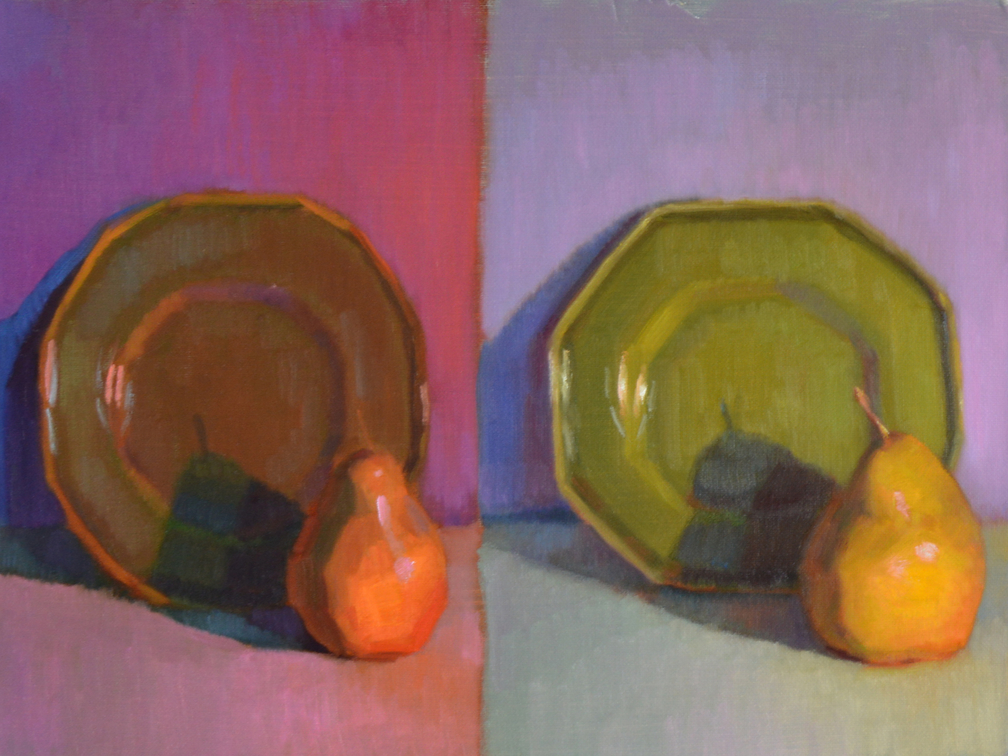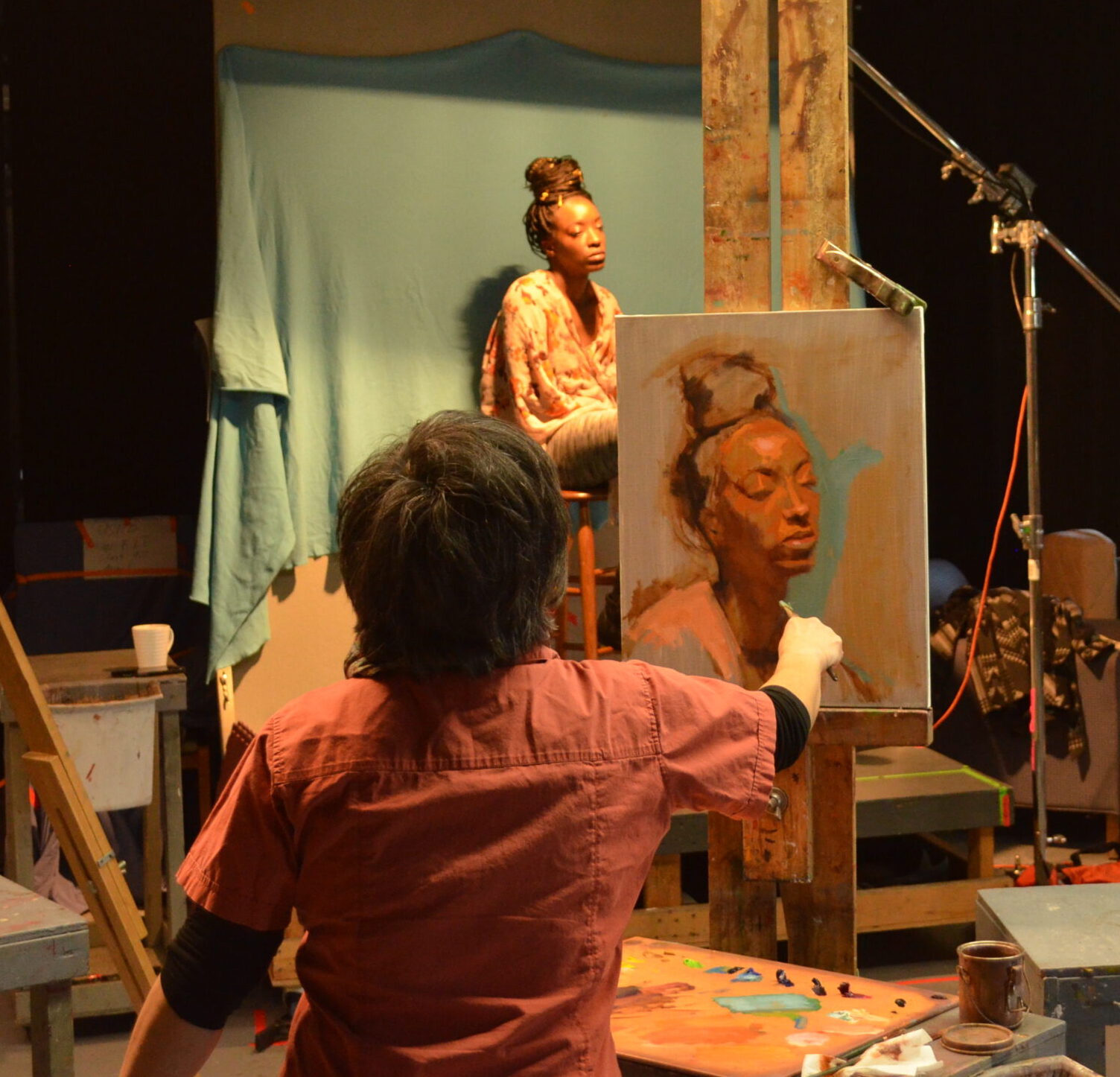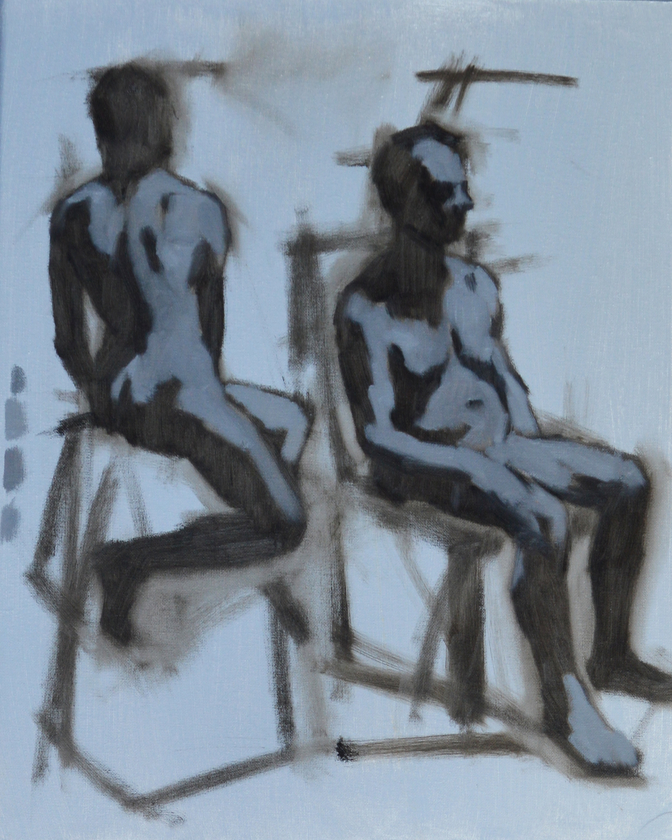5 Reasons to get a Realist Art Education in an Atelier-Style Setting
To start, what is a realist art education in an atelier-style setting? At ateliers, students learn artistic disciplines from (historically) one teacher who has been trained in a particular mode of master/apprentice lineage. In many cases, this involves the classical tradition of realism. For Studio Incamminati, that teacher was Co-founder Nelson Shanks. Several of Nelson’s key students from the school’s earliest days after its opening in 2002, are now Instructors. In a fundamental way, the evolution of a student within our program has not changed. Along with the development of a technical aptitude on how to build a painting from the ground up, students become articulate in sharing this knowledge. Since its inception, Studio Incamminati has expanded its educational focus, to include sculpture, anatomical drawing and design fundamentals into our curriculum.
1. Learning in a studio-setting rather than a traditional classroom
I joined the Board a number of years ago at Nelson’s request. Perhaps 10 years – maybe more!? In addition to the responsibilities that go with Board membership, I have given lectures at the school on the role galleries play in advancing artists’ careers and ways in which artists can form better working partnerships with galleries to enhance their chances of success.
2. Gaining the ability to understand a painting’s many steps and layers
At Studio Incamminati, the Advanced Fine Art Program and Bachelor of Fine Art track (an articulation program with Rowan University) engage curricula that are specially designed to teach both new and established artists how to build a painting from a blank canvas to a finished work. Each of the 4 years (or 3 for the pre-BFA track) caters to a different metaphorical layer: from gestural drawings and interpreting visual shapes, to capturing the right “feel” to oil paint being manipulated along the surface of a canvas. Students learn about the extraordinary potential of full-color palette, as well as how to explore concepts of finishing a work of art.
3. Classical realism art skills can be utilized in modern ways
The ability to create from observation is of vital importance. From realistic portraits, figures, still life, and landscape paintings, those transdisciplinary skills are put to use in exciting and popular digital art fields such as animation, illustration, and concept art.
4. The gift of “seeing”
Traditionally, the goal of a classic atelier training has always been to impart the capacity to truly “see” rather than to “look”. This points to the limitlessness of creative expression. While ateliers aim to teach an artist to notice the characteristics of a painting’s shapes, colors, lines, and overall structure, with the perception of a particular master, our environment is different. While Studio Incamminati was forged from an atelier, we have developed an educational program that celebrates highly skilled, interrelated painting, drawing, and sculpture disciplines – disciplines that enable our students to find ways of manifesting those skills in their own forms of expression.
5. Mentorship and direct teaching
We maintain that more engagement with students is essential to transformative learning. Studio Incamminati’s ratio of instructors to students ensures that, whatever the class size, an extensive hands-on approach with the students can persist. Often, Instructors provide demonstrations, effectively teaching in a visual language for students who respond better to “showing” more than “describing.”



